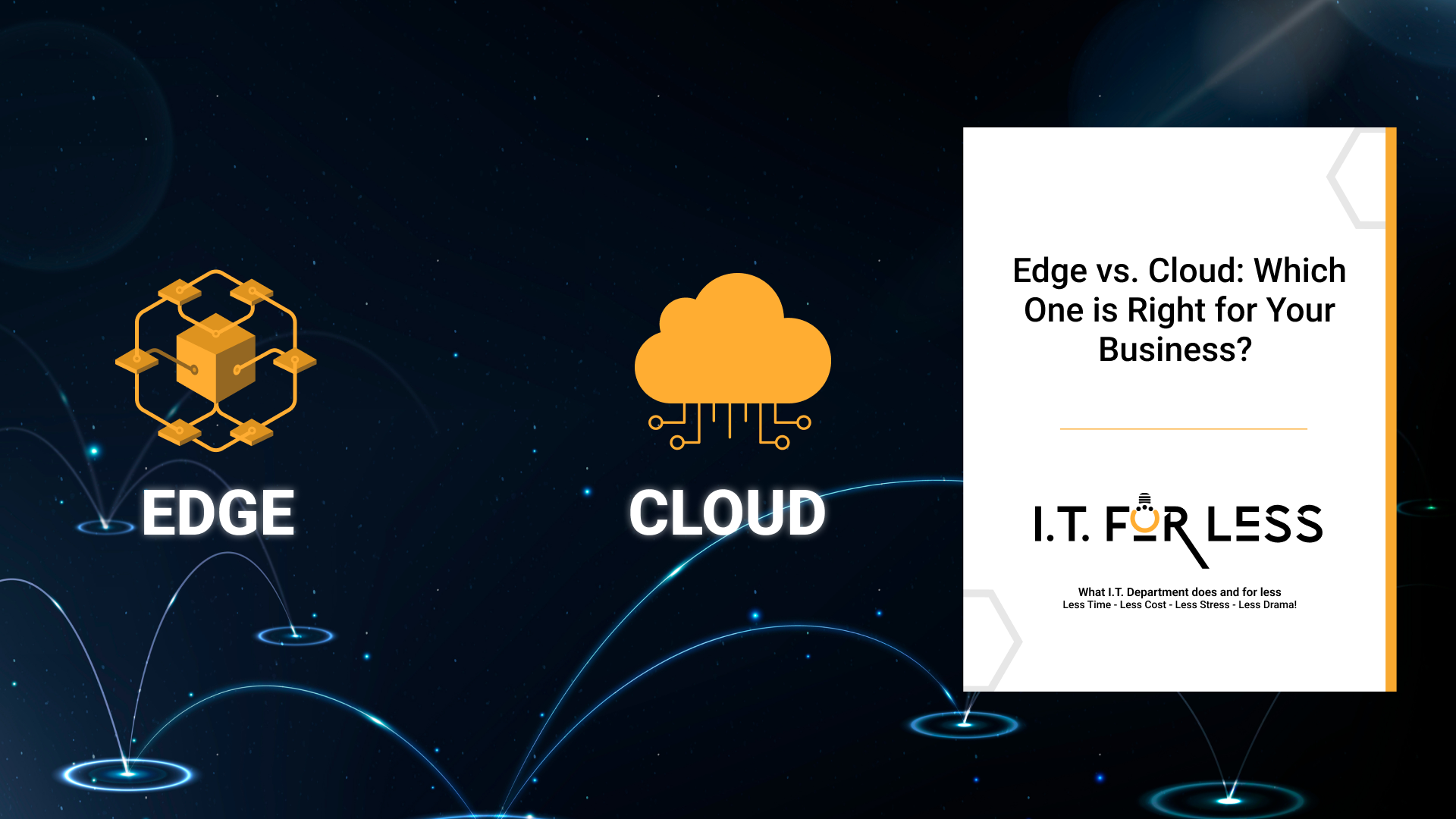In today’s digital-first world, businesses rely on data to make decisions, deliver services, and stay competitive. Two powerful computing models — cloud computing and edge computing — dominate the IT landscape. When considering Edge vs. Cloud: Which One is Right for Your Business?, both offer speed, scalability, and cost efficiency, but choosing the right one depends on your business goals, infrastructure, and data needs.
Understanding the Difference
Cloud computing centralizes data processing and storage in large, remote data centers. It’s ideal for applications that require scalability, collaboration, and long-term analytics.
Edge computing, on the other hand, brings data processing closer to the source — whether that’s a factory floor, retail store, or IoT device. This reduces latency, improves real-time responsiveness, and enhances security by minimizing data transfer. When thinking about Edge vs. Cloud: Which One is Right for Your Business?, consider these factors.
In simple terms:
- Cloud = centralized power and scalability
- Edge = local speed and responsiveness
Benefits of Cloud Computing
- Scalability and Flexibility: Instantly scale resources up or down based on demand.
- Cost Efficiency: Pay only for what you use — no need for heavy on-site infrastructure.
- Collaboration and Accessibility: Enable teams to access data and applications from anywhere.
- Powerful Analytics: Use advanced cloud tools for machine learning, big data, and AI workloads.
Cloud is ideal for businesses focused on scalability, remote operations, and data-driven insights. In the debate of Edge vs. Cloud: Which One is Right for Your Business?, consider where your focus lies.
Benefits of Edge Computing
- Low Latency: Process data in real time, essential for IoT devices, autonomous systems, or real-time monitoring.
- Improved Security: Sensitive data can stay local, reducing exposure to cyber risks.
- Operational Efficiency: Continue functioning even during internet or cloud outages.
- Faster Decision-Making: Ideal for time-critical environments like healthcare, logistics, and manufacturing. Ultimately, Edge vs. Cloud: Which One is Right for Your Business? hinges on these operational needs.
Edge computing is best suited for real-time operations, high data volumes, or mission-critical applications that demand immediate response.
Choosing What’s Right for Your Business
In reality, most organizations benefit from a hybrid approach — combining the scalability of the cloud with the immediacy of the edge.
- Use cloud computing for analytics, long-term storage, and cross-location collaboration.
- Use edge computing for real-time data collection, local processing, and latency-sensitive tasks.
The balance depends on your data strategy, performance needs, and industry regulations. Ultimately, when considering Edge vs. Cloud: Which One is Right for Your Business?, it is a combination that often serves best.
Conclusion
Both edge and cloud computing play vital roles in digital transformation. The smartest businesses don’t choose one over the other — they integrate both to create a flexible, efficient, and resilient IT ecosystem.
Partner with I.T. For Less today and take the first step toward building an edge-cloud strategy that keeps your IT flowing as effortlessly as your ambition.
